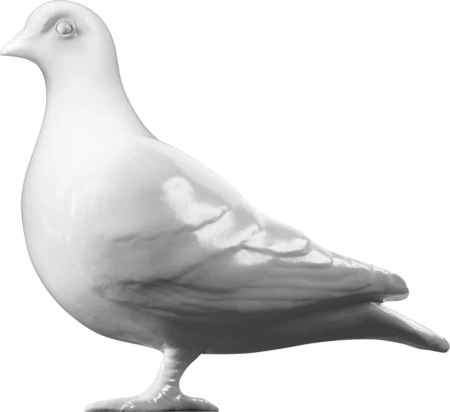Social History — 1700-1744
Prison cell
Wellclose Prison, also known as Neptune Street Prison, was located off Wellclose Square near the Tower of London. The square was previously known as Marine Square as many of its original residents were sea captains. The small prison was beneath a public house called the Cock and Neptune. The tavern was connected to a courthouse for which the pub's landlord acted as gaoler. As was the case with other prisons in this period, Wellclose was run on a commercial basis. The court and prison lay outside the jurisdiction of the City of London in an area known as the Liberties of the Tower. The Liberties were divided into four precincts: the land Within and Without the Tower itself, Wellclose Square, the Minories and the Old Artillery Ground in Spitalfields.
The majority of inmates at Wellclose Prison were insolvent debtors. Others were held there temporarily whilst awaiting transfer to Newgate Prison. Prisoners would often carve their names or initials, write messages and draw pictures on the oak walls of the two cells. The names on the walls include those of Irish immigrants. Some of the names have been dated, possibly to record the day of incarceration. Most of the dates are in the 1750s, although there are also partially legible dates that appear to be in the 1720s. The legible names include: Edward Burk, Patrick Dillon, John Knolls (dated 1757), Edward Ray (dated December 27 1758), William Thompson, Peter Dunn, James Parkison, Edward Murphy, Thomas Lynch, Francis Brittain, Edward Stockley and Charles Finney. A four leaf clover and a gallows have also been carved into the wood. There are also several examples of men hanging from gibbets. One of the prisoners has written the verse, 'The Cubards [sic] Empty To Our Sorrow But Hope It Will Be Full tomorrow'. Another has carved the plea, 'Pray Remember the Poor Debtors'. The verse 'All you that on this cast an eye Behold in prison here I lie. Pray bestow your charety [sic] Or with hunger soon I die' has also been carved. Debtors had to pay their own way in prison by purchasing food and drink from the gaoler. An inscription reads 'The Rules here is to pay a gallon of Beer'. Debtors were sometimes imprisoned after being turned in by 'thieftakers', who caught law-breakers for a reward. Thieftakers were often members of criminal gangs themselves. One unlucky prisoner has written, presumably in reference to the man responsible for his own capture, 'George Bain ies [sic] Rouge And a Theifcatcher [sic]'.
The original prison had two cells fitted with iron fetters for chaining prisoners to the walls. The cells were joined by an interconnecting door. The prison reformer, John Howard, reported that he saw only a handful of prisoners during his visit to Wellclose in 1777. The prison was in disrepair and practically empty by the 1790s and finally closed in the nineteenth century when the court's criminal jurisdiction was abolished. The building which housed the tavern and prison was initially converted into a lodging house and then subsequently demolished in 1911. The two cells were dismantled and transferred to the new London Museum at Kensington Palace. In the Museum of London today elements of both cells are combined in the reconstructed cell on display.
- Category:
- Social History
- Object ID:
- 37.8/1
- Object name:
- prison cell
- Object type:
- Artist/Maker:
- —
- Related people:
- Related events:
- Related places:
- Production date:
- 1700-1744
- Material:
wood, iron
- Measurements/duration:
- H 3200 mm
- Part of:
- —
- On display:
- —
- Record quality:
- 100%
- Part of this object:
- —
- Owner Status & Credit:
Permanent collection
- Copyright holder:
digital image © London Museum
- Image credit:
- —
- Creative commons usage:
- —
- License this image:
To license this image for commercial use, please contact the London Museum Picture Library.

